Modern infotainment systems have transformed vehicles into connected hubs of technology, offering drivers and passengers an array of features that enhance convenience, entertainment, and communication. From touch screens and voice commands to smartphone integration, these systems promise a seamless experience on the road. Big screens are becoming a norm, even a selling point for some, but that doesn’t mean there isn’t room for improvement.
As these systems become more sophisticated, they also become more complicated, leading to a range of issues that frustrate even the most tech-savvy drivers. The allure of cutting-edge technology often comes with a trade-off: user-friendliness and reliability. Day in and day out of vehicle testing exposed us to these multitude of issues.
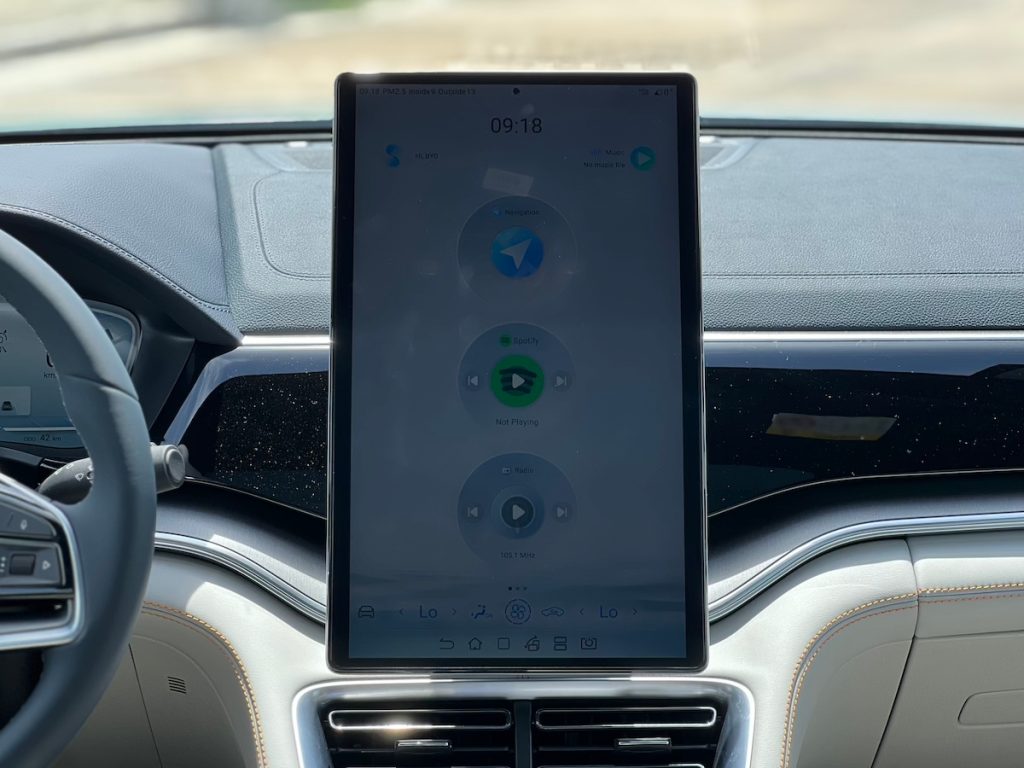
As a result, many users find themselves grappling with unintuitive interfaces, sluggish performance, and unreliable connectivity, all of which detract from the overall driving experience. Below are the things I believe should be improved with modern infotainments systems, in the name of seamlessness and overall safety
Simplification of User Interfaces
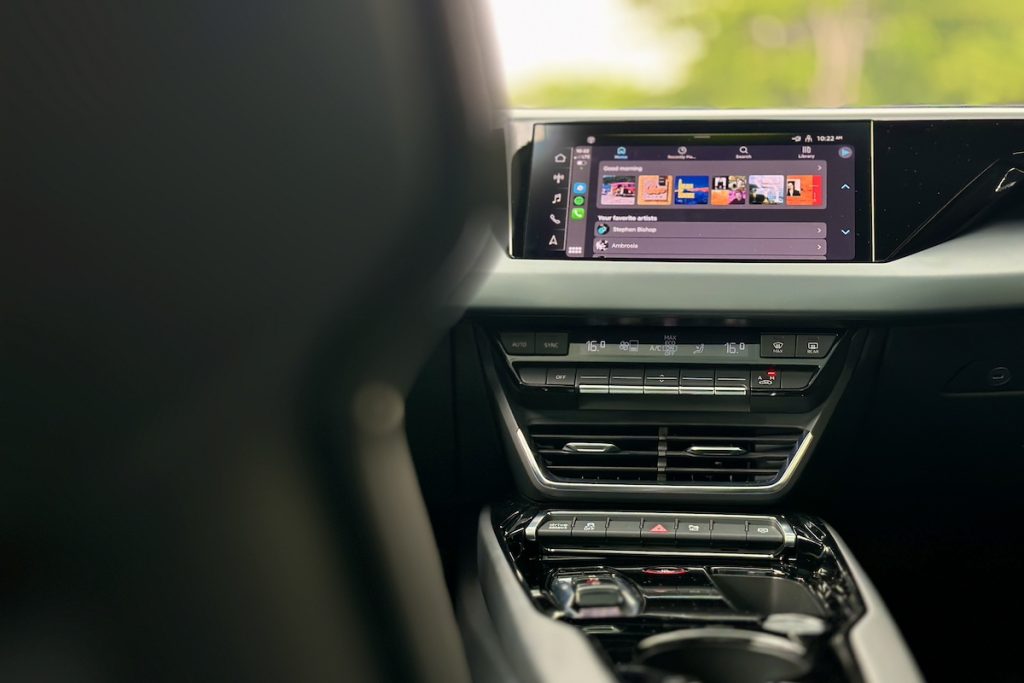
One of the biggest challenges with current infotainment systems is the complexity of their user interfaces. Automakers often prioritize aesthetics over functionality, leading to a cluttered and confusing experience for drivers. Large touchscreens with a multitude of menus and options can overwhelm users, especially when they need to quickly adjust settings while on the road.
The solution lies in simplifying the user interface. Instead of overloading the system with features, automakers should focus on creating intuitive and streamlined menus. A well-organized interface with fewer steps to access commonly used functions can significantly reduce distraction and improve safety.
Return of Physical Controls
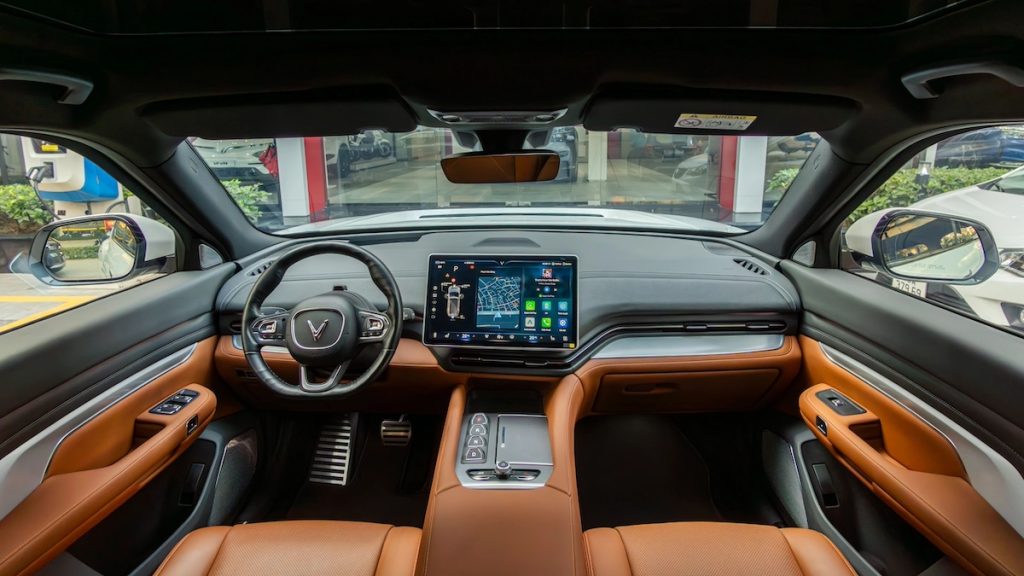
As infotainment systems become more advanced, many automakers are eliminating physical buttons and knobs in favor of touch-sensitive controls. While this may create a sleek, futuristic look, it often comes at the expense of usability. Drivers frequently find it difficult to operate touch controls without taking their eyes off the road, increasing the risk of accidents.
Reintroducing physical controls for essential functions, such as volume adjustment and climate control, could strike a balance between modern technology and practicality. Physical controls are easier to locate and operate by feel alone, making them a safer option in many situations.
Improved Responsiveness and Reliability
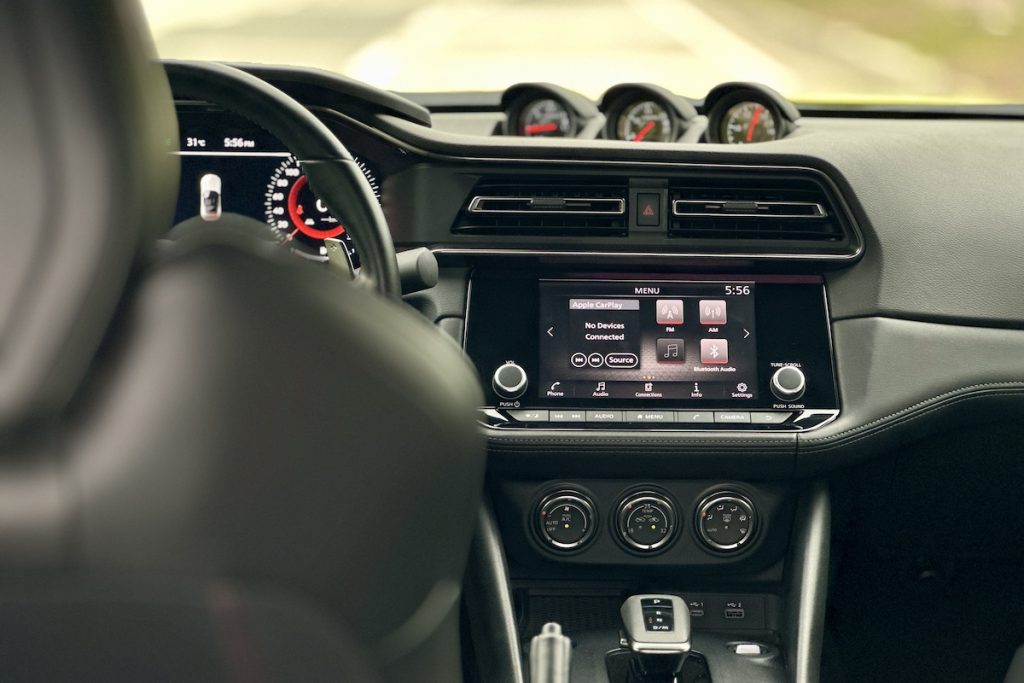
Laggy and unresponsive infotainment systems are a common source of frustration for drivers. Delays in responding to touch inputs, slow loading times, and occasional system crashes can make using the system a tedious experience. These issues not only diminish the user experience but can also become a safety hazard when drivers are forced to spend more time fiddling with the system.
Automakers need to prioritize the performance of their infotainment systems, ensuring that they are as responsive as the smartphones and tablets that drivers are accustomed to using. This could involve upgrading the hardware or optimizing the software to handle multitasking more efficiently, which brings us to the next item.
Better Software Updates and Support
Another area that needs attention is software updates. Many infotainment systems suffer from poor long-term support, with automakers failing to provide timely updates that address bugs or add new features. Unlike smartphones, which receive regular updates, infotainment systems often become outdated within a few years of a car’s release.
Automakers should adopt a more proactive approach to software updates, treating infotainment systems as dynamic platforms that can evolve over time. Providing regular updates and ensuring compatibility with the latest apps and services can keep the system relevant and improve customer satisfaction in the long run.
Consistent Connectivity
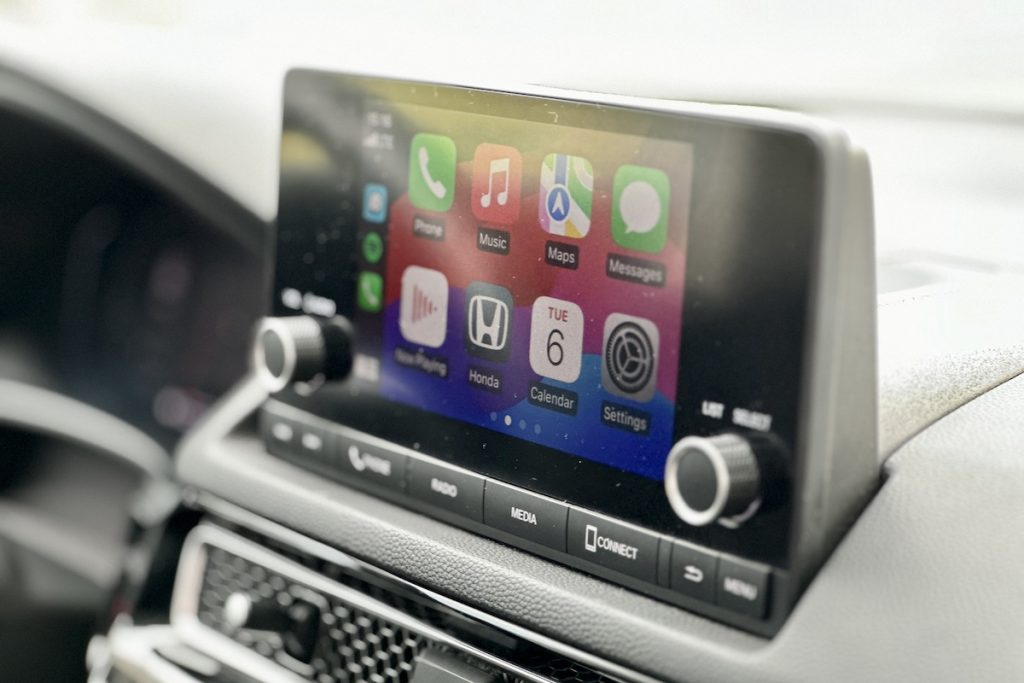
Modern infotainment systems are expected to seamlessly connect with smartphones, allowing for hands-free calls, messaging, and access to apps like navigation and music streaming. However, connectivity issues remain a frequent complaint. Problems such as Bluetooth pairing failures, dropped connections, and inconsistent Android Auto or Apple CarPlay performance (especially if it’s the wireless type) can make the system unreliable and frustrating.
Improving the stability of these connections is crucial for enhancing user satisfaction. Automakers should work closely with tech companies to ensure better integration and consistent performance across different devices and platforms.
Enhanced Voice Recognition
Voice recognition technology in modern infotainment systems has come a long way, but it still has lots of room for improvement. Many systems struggle with understanding commands, especially in noisy environments or with different accents. This can lead to frustration and distractions as drivers repeat commands or resort to manual controls.
Advancements in natural language processing and machine learning could make voice recognition systems more accurate and reliable. Ensuring that these systems can understand a wider range of commands and dialects would make them a more practical and appealing option for drivers.
Prioritizing Safety Over Features
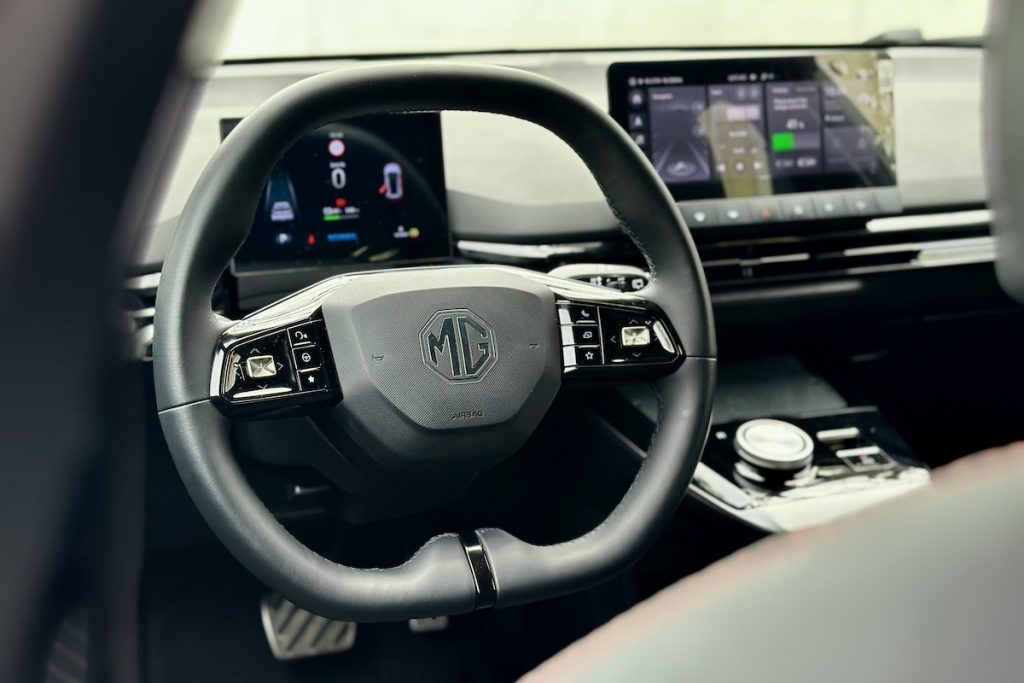
While infotainment systems offer a wealth of features, it’s essential that safety remains a priority. Many systems encourage multitasking by offering access to various apps and other non-essential functions while driving. This can increase the risk of distraction and accidents.
Automakers should consider restricting certain features while the vehicle is in motion, ensuring that drivers remain focused on the road. Some does it, but most allow usage of screens while on the move. Additionally, more emphasis should be placed on integrating advanced driver assistance systems (ADAS) with the infotainment interface, providing real-time information and alerts that enhance safety.

